The Siemens 40H100 Pressure Regulator GAW is a device typically used in industrial and commercial applications to regulate and control pressure in systems, ensuring smooth and efficient operation. Here’s a detailed outline of its features and uses:
1. Description:
- Model: Siemens 40H100
- Type: Pressure Regulator
- Application: Used for regulating and maintaining consistent pressure in pneumatic or fluid systems, such as HVAC systems or industrial machinery.
- Design: The “GAW” designation typically refers to the specific type or configuration of the regulator, which may indicate its intended use in particular environments (such as gas or air systems).
2. Key Features:
- Pressure Regulation: Controls and maintains stable output pressure, preventing over-pressurization and ensuring the safe operation of downstream components.
- Adjustable Pressure Settings: Allows users to set and adjust the desired output pressure within a specific range, suitable for different types of applications.
- Durable Construction: Typically built with robust materials to withstand industrial environments and provide long-term reliability.
- Precision Control: Designed for accuracy in maintaining pressure, contributing to the overall efficiency and performance of the system.
- Built-in Safety Mechanisms: Often includes features such as over-pressure protection to ensure the system remains safe even under extreme conditions.
- Compact Design: Easy to install and integrate into existing systems without taking up excessive space.
3. Applications:
- Pneumatic Systems: Used to regulate air pressure in pneumatic circuits, ensuring consistent performance for tools and machinery.
- HVAC Systems: Often used in heating, ventilation, and air conditioning (HVAC) applications to regulate air pressure within ducts or system components.
- Industrial Processes: Can be used in manufacturing or process industries that require precise control of fluid or gas pressure.
- Gas Distribution: Commonly used in systems that distribute gases (like natural gas or compressed air), ensuring safe and accurate pressure levels.
4. Benefits:
- Improved System Performance: Maintains consistent pressure, which is essential for the proper functioning of sensitive equipment.
- Increased Equipment Longevity: By preventing overpressure, it helps to protect downstream components, reducing wear and tear.
- Enhanced Safety: Reduces the risk of pressure-related failures or accidents in the system.
- Ease of Use: Simple pressure adjustment and installation make the regulator user-friendly and versatile.
- Energy Efficiency: By maintaining optimal pressure, it can contribute to more efficient system operation and energy savings.
5. Specifications:
- Pressure Range: Typically, the regulator is designed to handle a specified pressure range, which would be important for selecting the appropriate model for your system.
- Flow Rate: It’s essential to know the maximum flow rate that the regulator can handle, ensuring it meets the needs of your application.
- Size and Connections: The Siemens 40H100 model will have specific size specifications for connections (such as NPT or BSP threads), so ensure compatibility with your system.
6. Installation Considerations:
- Proper Mounting: Ensure that the regulator is installed in the correct orientation for optimal performance (usually with the flow direction marked on the device).
- Compatibility Check: Verify that the pressure regulator is compatible with your system’s pressure, flow rates, and connection types.
- Sealing: Properly seal connections to avoid leaks, using appropriate sealing materials if necessary.


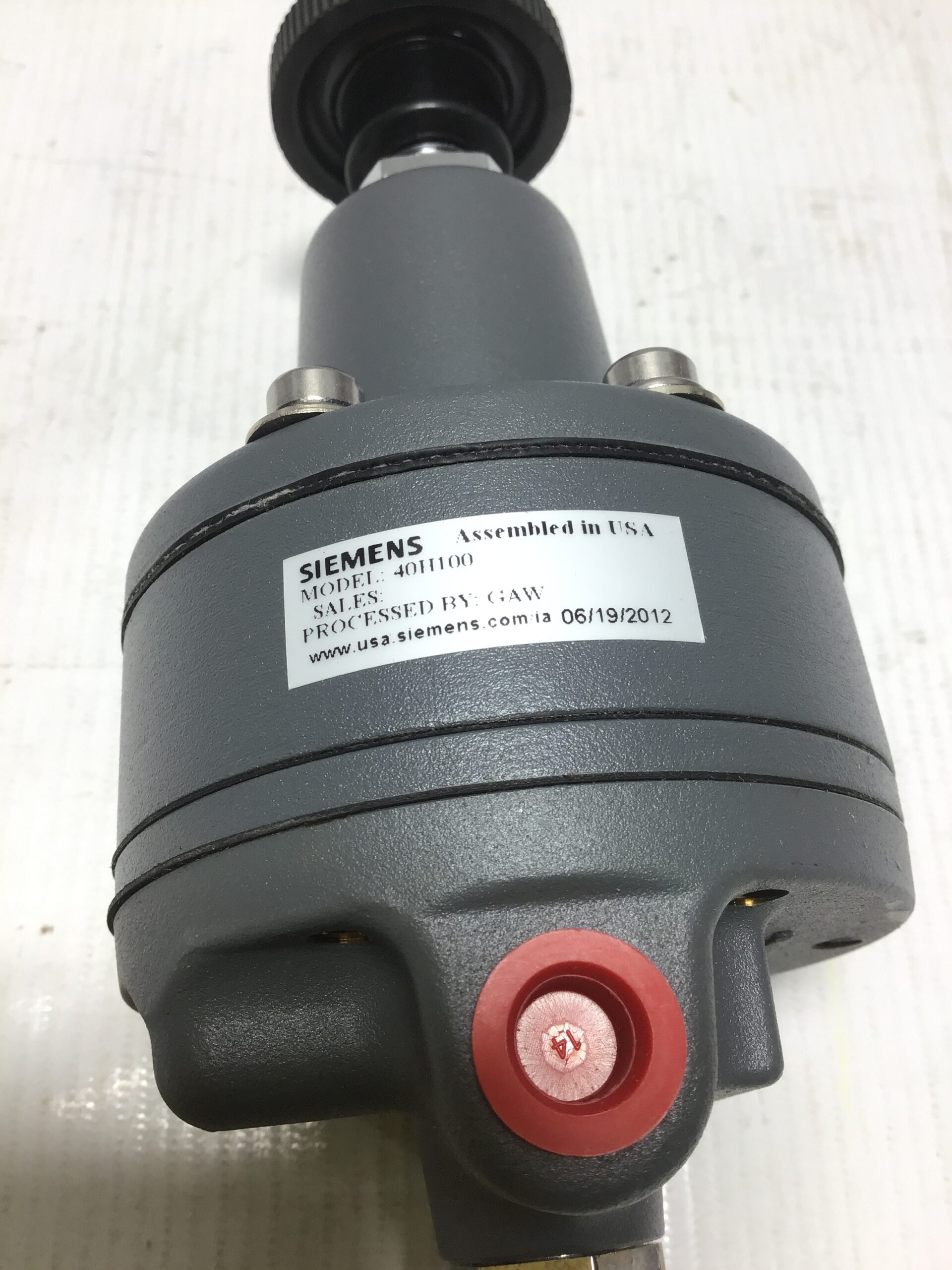


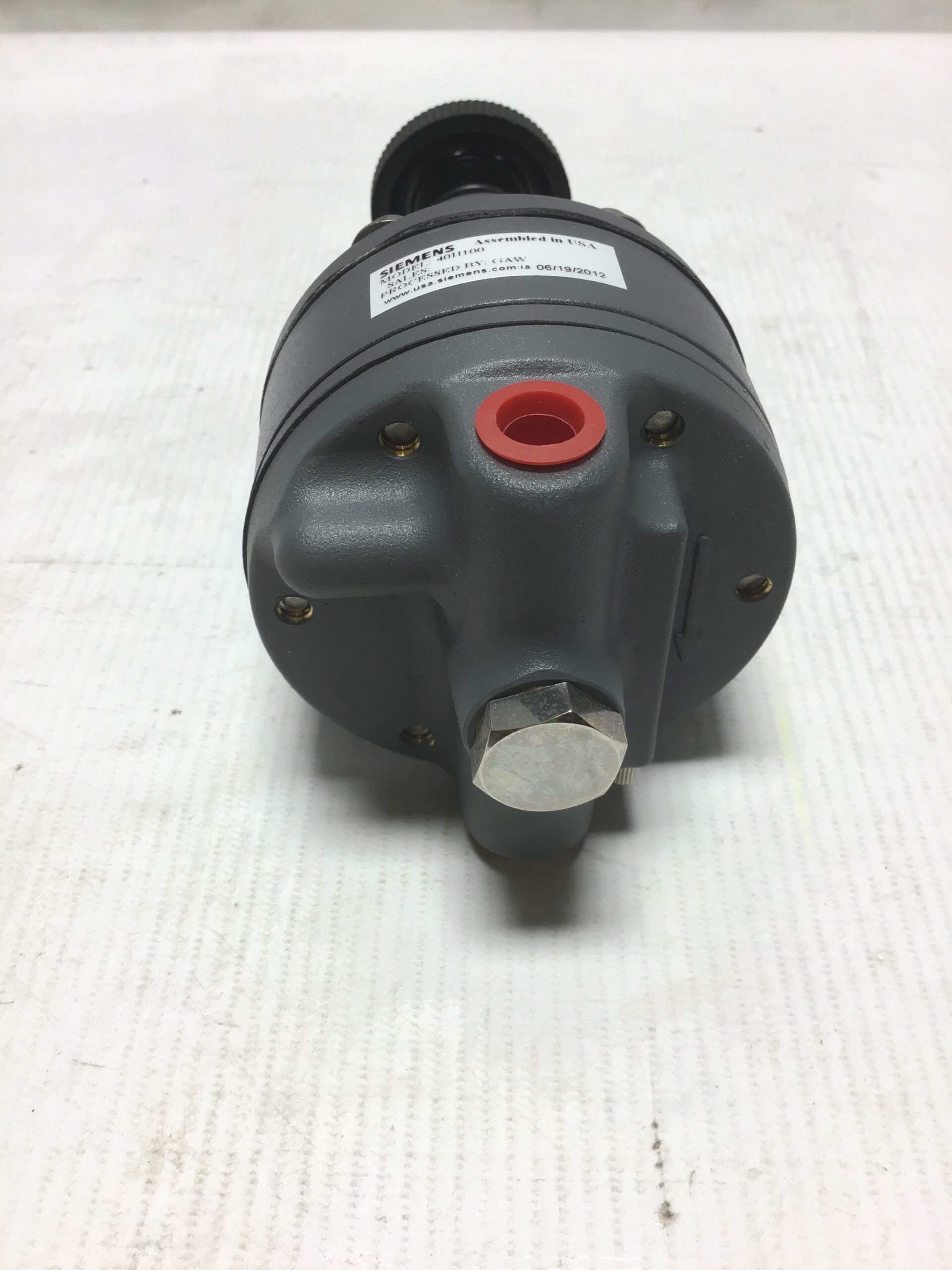
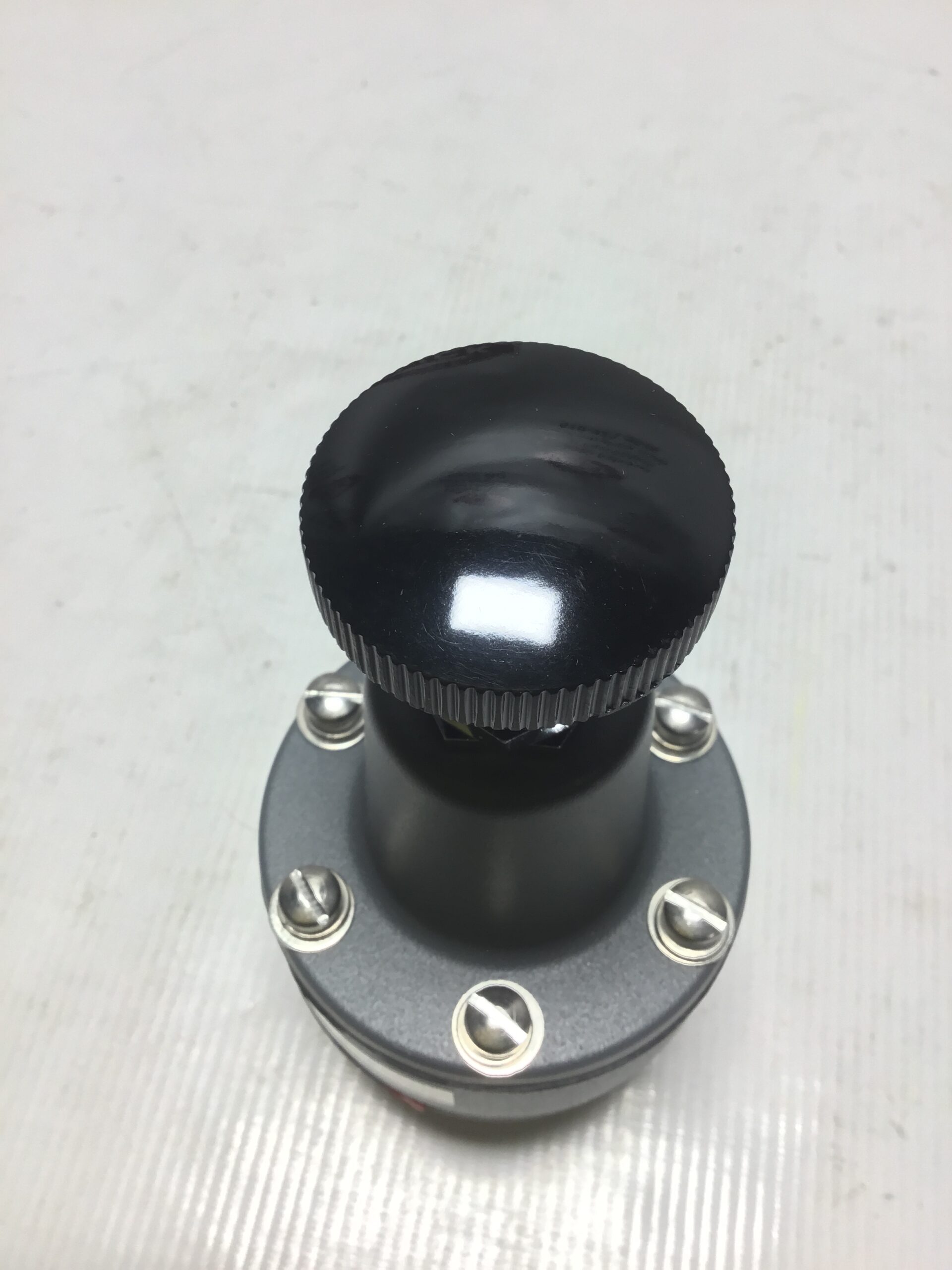
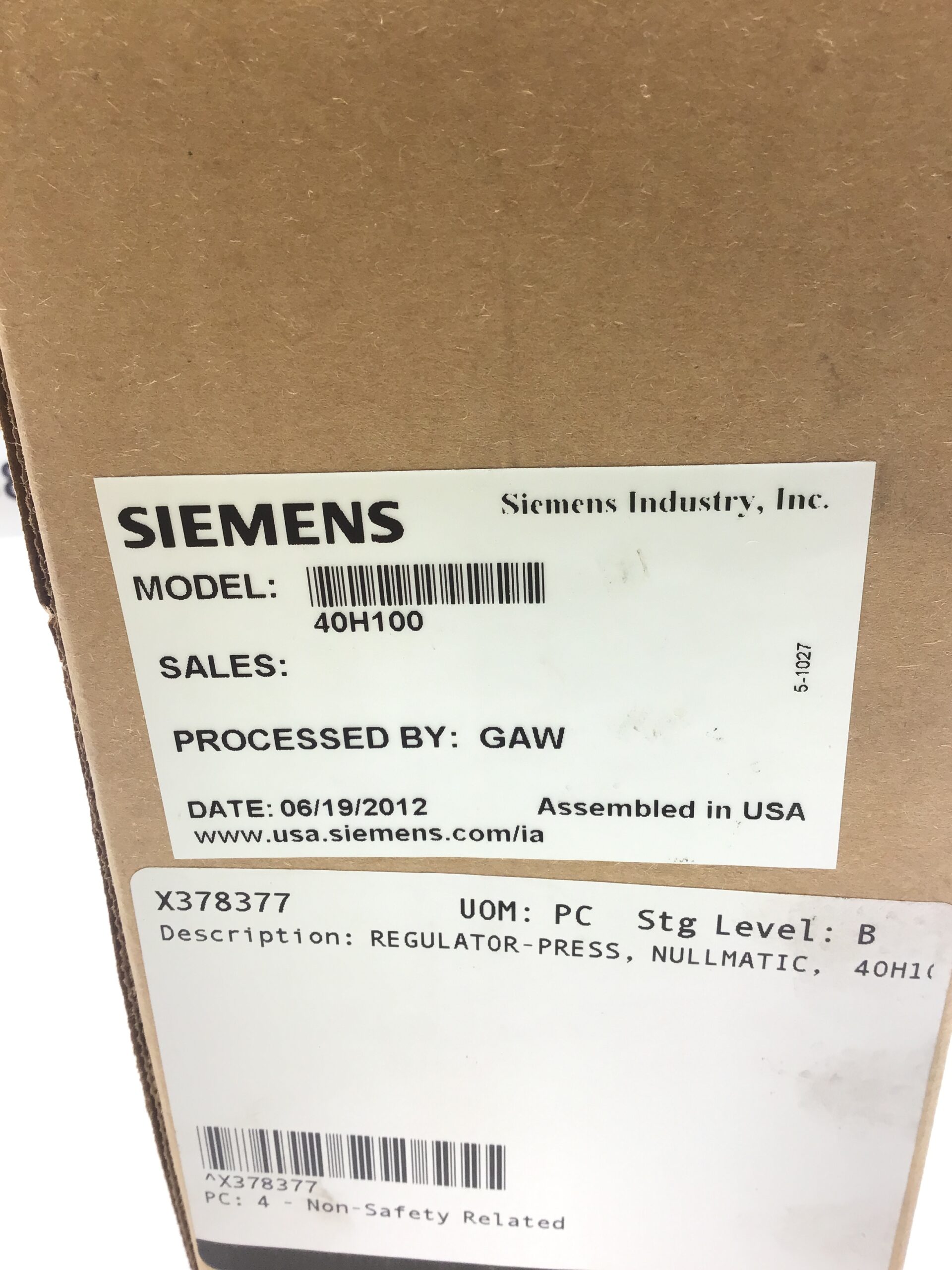
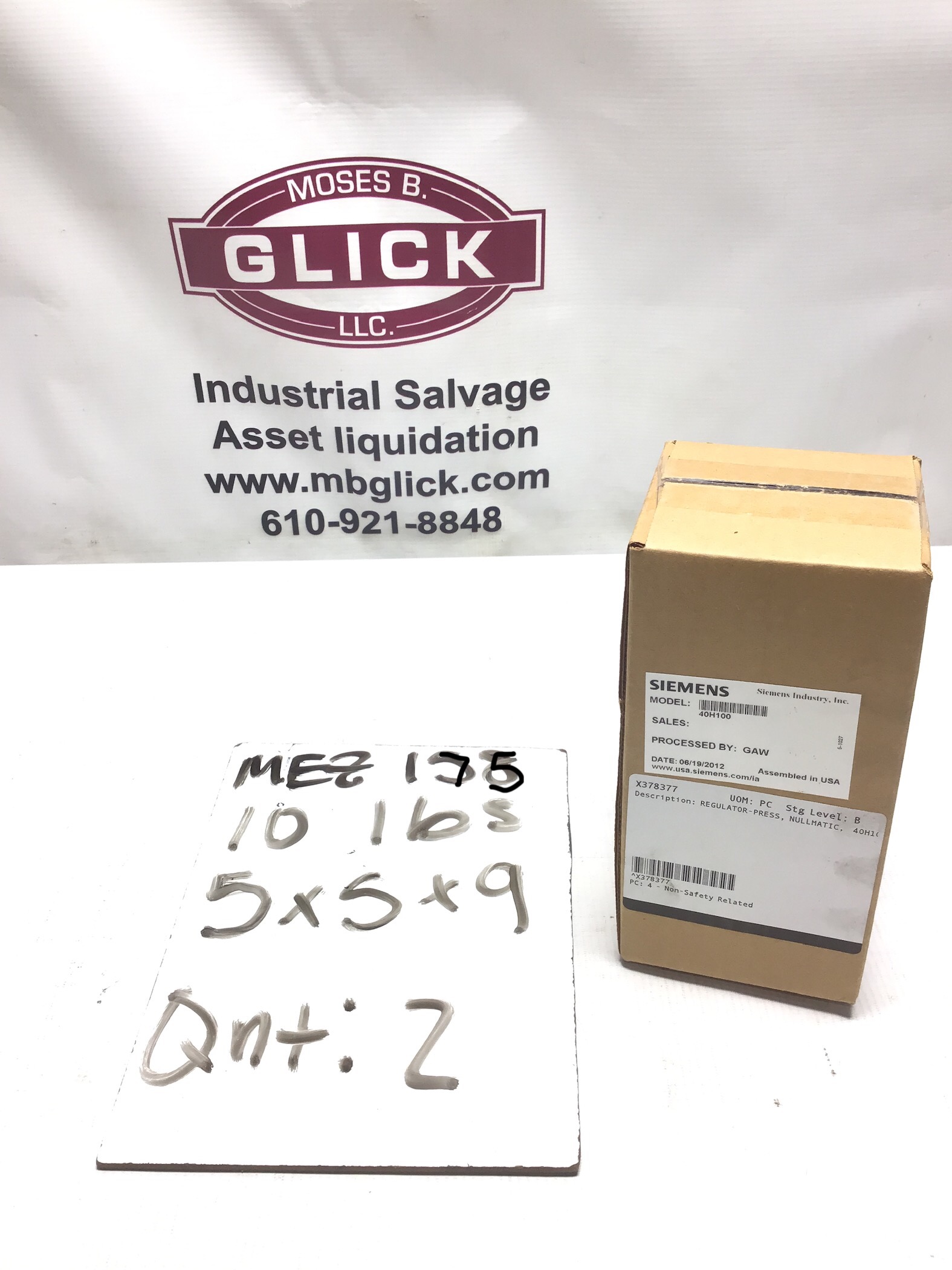
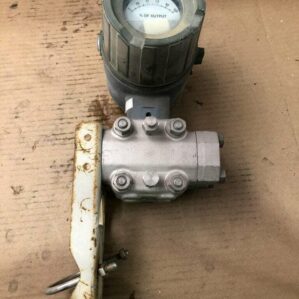
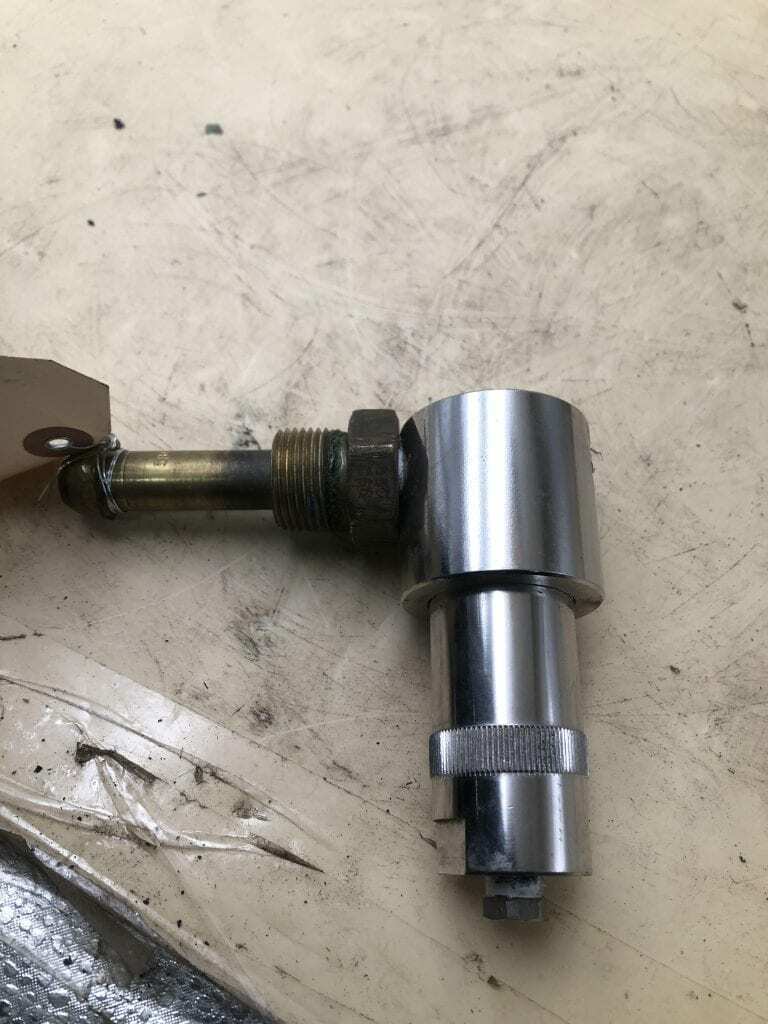
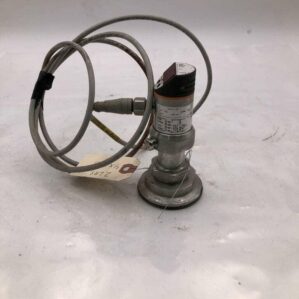
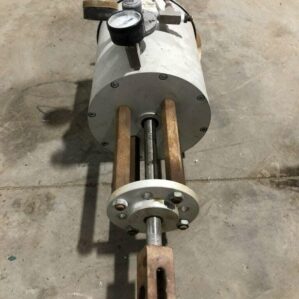
Reviews
There are no reviews yet.